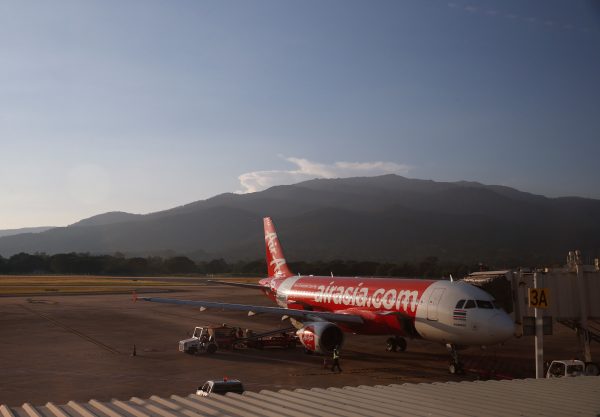Thailand’s Board of Investment reckons the LTR program will attract wealthy, ‘high-potential’ and talented individuals, who in turn will stimulate economic growth, through innovation, investment and domestic spending. Thailand’s government has set a target of attracting one million foreigners into the program over the next five years.
This target seems overly optimistic. The LTR visa enters a highly competitive global industry of long-term and second-home visa programs because of its focus on attracting wealthy global citizens. But it is difficult to envisage why applicants would invest at least US$500,000 in Thai property or low-yield Thai government bonds to be approved for this visa if they are expected to hold US$1 million in assets.
Neighbouring Malaysia demonstrates the potential of this new visa policy to entice wealthy pensioners to Thailand. Since 2002, Malaysia’s My Second Home (MM2H) program has provided foreign retirees with a 10-year renewable visa to build a life in Malaysia. It is viewed as a success story in a global market of lifestyle-related visa options. Even so, between 2002 and 2017 the program attracted an average of only 2433 approved applicants per year.
Political wrangling that fuelled recent changes to the MM2H program is likely to have undermined consumer confidence in long-term visa packages in the region. After a pause in applications during the COVID-19 pandemic and uncertainty over the status of existing visa holders, the program re-emerged in October 2021 with higher financial requirements and expectations. By August 2022, the newly revamped MM2H program had received just 267 applications, with a further 1461 withdrawals.
Though Thailand’s LTR visa aims to attract ‘high-potential’ foreign talent and technologies, the eligibility criteria is conservative and risk-adverse. Work-from-anywhere professionals, for example, are expected to work for a public company listed on the stock exchange or an established private company with a combined revenue of at least US$150 million over the previous three years.
Since September 2022, the LTR visa programme has attracted 1600 applicants, mostly from the United States, Europe and China. Thailand’s government has a long way to go to achieve its targets on applications for the visa if China’s zero-COVID policies are fuelling some of this demand.
A growing number of countries are recognising the post-pandemic economic benefits of setting lower visa eligibility criteria and are offering visas and passes to a much wider catchment of work-from-anywhere professionals, known as digital nomads. The digital nomad community comprises remote workers, entrepreneurs and freelancers. These individuals combine work and travel in favour of spending weeks or months at a time in leading tourism destinations.
Digital nomads may not meet the eligibility criteria of elite visa programs but they invest heavily in local economies. This includes spending on accommodation and services infrastructure. Digital nomads do not take up local jobs, yet their appetite for travel, tourism and appreciation of local culture leads some to connect to local ecosystems, entrepreneurs and knowledge workers. These kinds of connections offer the potential to foster collaboration, knowledge transfer and innovation, in ways that can be of great benefit to developing countries, including Thailand.
Digital nomadism boomed in the wake of the COVID-19 pandemic and has only recently been considered as alternative lifestyle choice. It took off as remote work and working-from-home became mainstream along with the work-from-anywhere culture. Companies and individuals alike have embraced the promise and potential of remote work practices. While estimates vary, one study this year suggested that over 16 million US workers identify as digital nomads, a 131 per cent increase from 2019.
These numbers help explain why governments across the world are in a race to speed up bureaucratic processes and establish digital nomad visas. Some are turning to creative measures to entice this growing movement of nomadic workers. Indonesia, for example, does not currently offer a digital nomad visa. Yet Indonesia’s Minister for Tourism and Creative Economy, Sandiaga Uno, announced in September last year that digital nomads could enter the country using a visa option more suited to long-term tourism purposes.
Thailand should join this digital nomad visa race and go beyond its commitments under the LTR visa. Before the pandemic, Bangkok, Chiang Mai and islands in Thailand’s south were already popular tourist destinations and home to a thriving conference and networking scene for digital nomads.
The economic benefits of a Thai digital nomad visa would be twofold. First, it would attract greater numbers of foreign entrepreneurs and remote workers, and foster innovation, collaboration and local start-up cultures. Second, attracting digital nomads would contribute to the recovery of Thailand’s tourism sector, which represented 20 per cent of the country’s GDP before the pandemic.
With a clear visa option in place, Thailand has the potential to get ahead of its rivals and tap into this pandemic-inspired transformation of work and travel practices.
Paul Green is a senior lecturer in Anthropology in the School of Social and Political Sciences, Faculty of Arts, The University of Melbourne.

